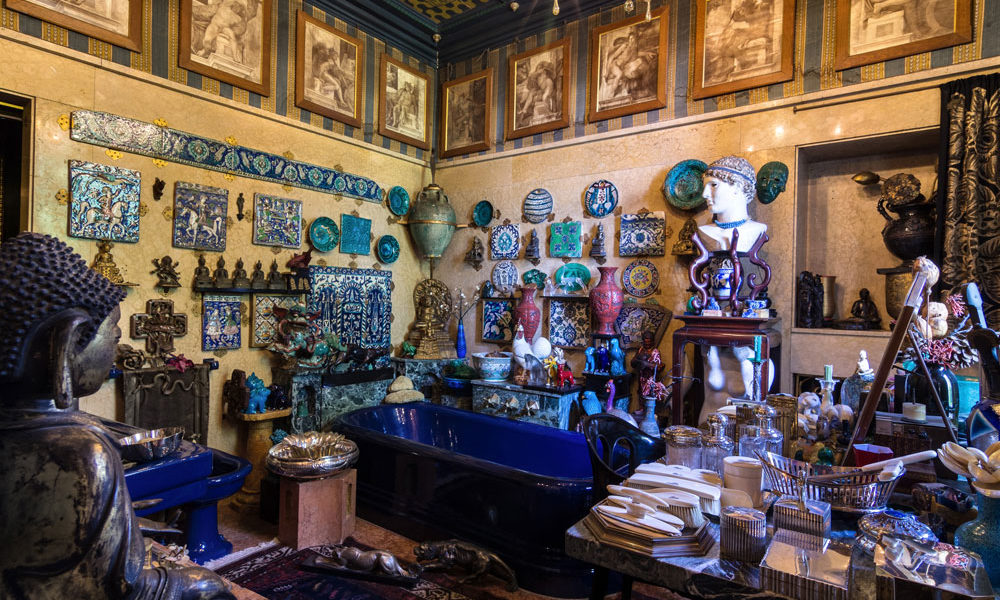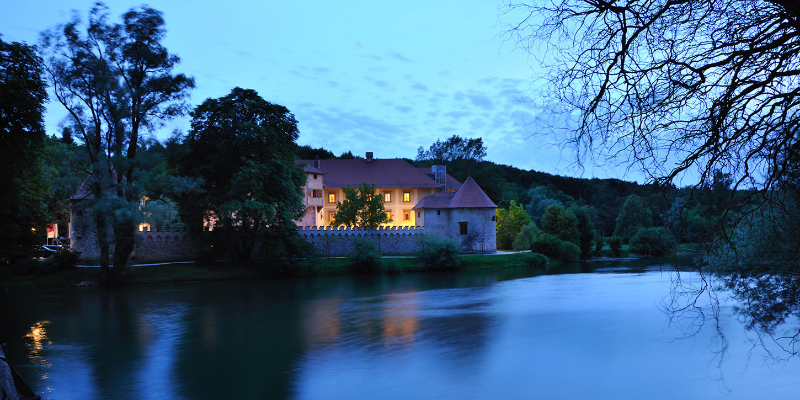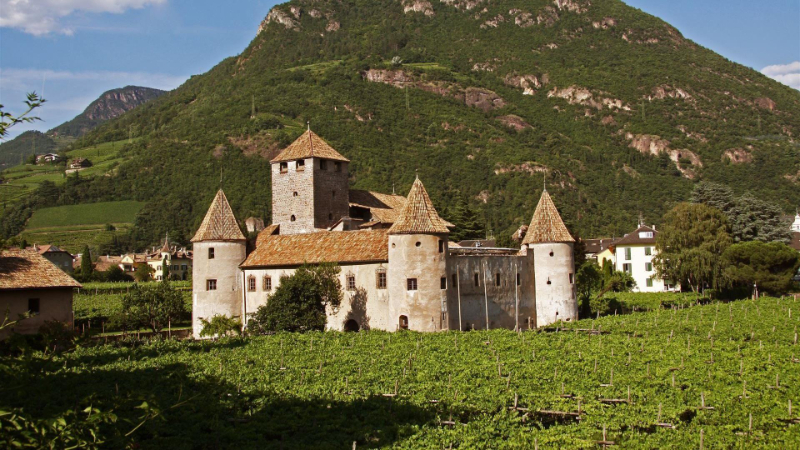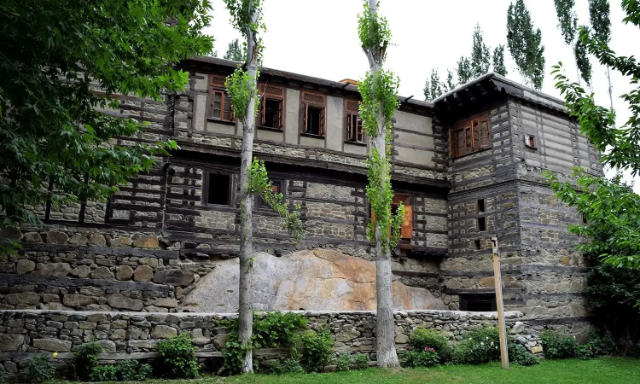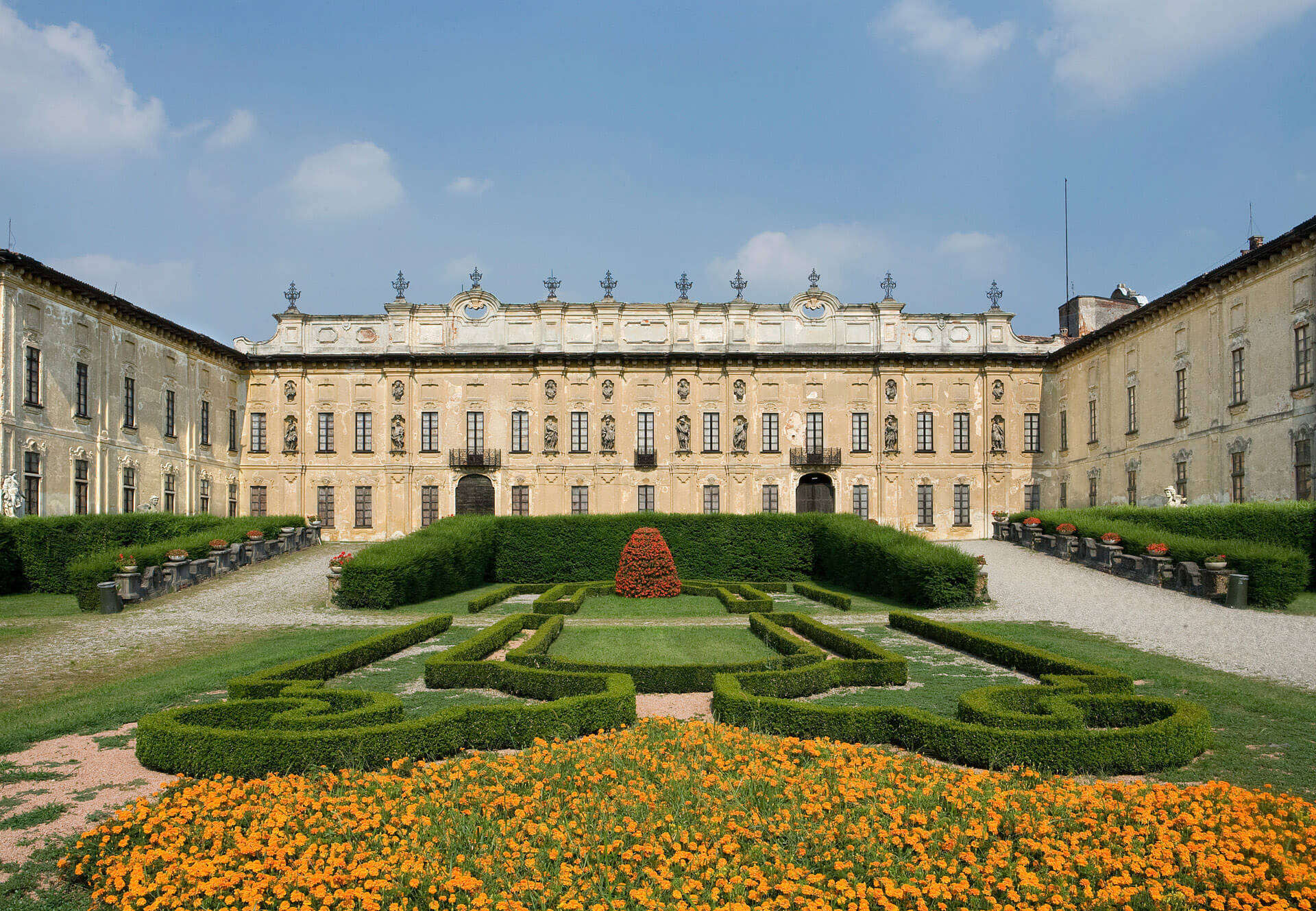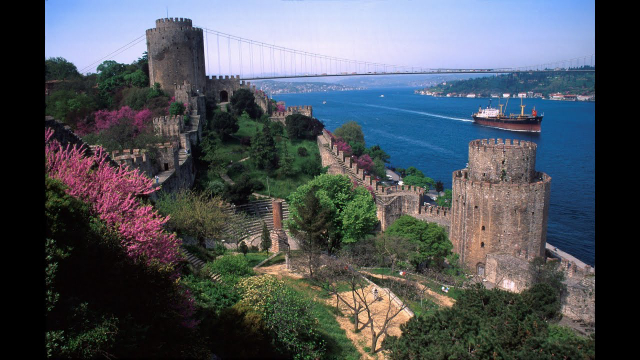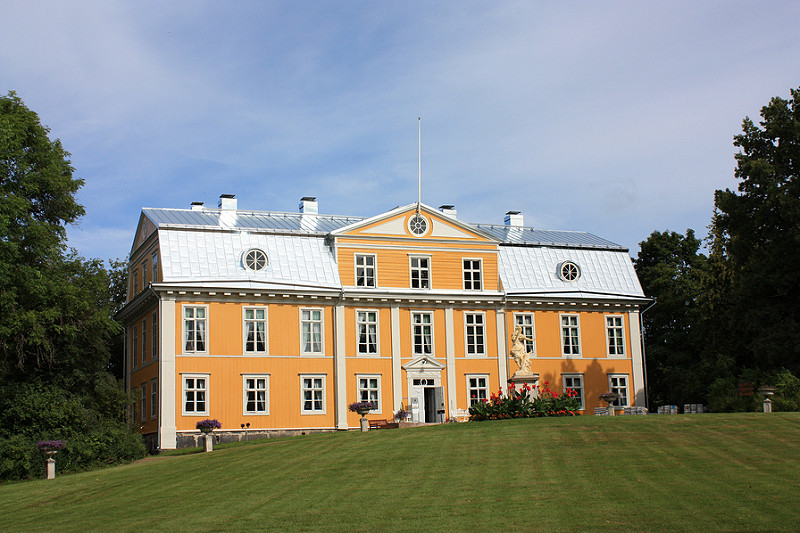A striking monumental complex, the Vittoriale is a true citadel desired by Gabriele d’Annunzio, which includes, in addition to the Poet’s house, parks and gardens of relevant historical-environmental significance, the "D’Annunzio Eroe Museum" the Auditorium with the contemporary art exhibition "Homage to D’Annunzio," the SVA 10 of the flight over Vienna, the Nave Puglia with the Museum on Board, the Mas 96, the Mausoleum, the cars (Isotta Fraschini and Fiat Tipo 4), the "Secret D’Annunzio" Museum and the Amphitheater, which hosts a prestigious festival in the summer months.
To welcome you as a visitor is first of all the monumental entrance to the Vittoriale: a pair of arches at the center of which is a fountain that reads a bronze inscription taken from a literary work by Gabriele D’Annunzio.
And it is not the only one: in fact, surmounting the aforementioned fountain is a tympanum with the Italian patriot’s motto Io ho quel che ho donato. And the gift the poet honored you with now stands before your eyes: a metaphysical paradise, poised between art and collecting, overlooking the waters of Garda in the mild and restful climate.
Shortly after the entrance, on the right, we find the famous open-air theater designed by architect Giancarlo Maroni between 1921 and 1938, who took as his inspiration the oldest Roman theater that has come down to us: that of Pompeii.
An immense place of immeasurable value, whose panorama encompasses in a single glance Mount Baldo, the Sirmione peninsula and the Manerba rock against the bluish background of Lake Garda. Legend has it that it was originally supposed to be called "parlaggio" and that D’Annunzio wanted it to set all his future shows there.
THEN we find the Priora,D’Annunzio’s last home, which had previously belonged to Henry Thode, a German art critic to whom the state had confiscated the villa as compensation for damage caused by Germany during the Great War. Inside the house are still more than 30,000 books, some of them still intact, as well as a whole range of furnishings from the most extreme parts of the world. The house is divided into a series of rooms, assigned to a very specific use.
There is first of all the Masquerader’s Room, which served as a waiting room for official visits and from whose ceiling hangs a precious chandelier made of Murano glass. Instead, the waiting room dedicated to the poet’s friends was the Dalmatian Oratory, equipped with a fireplace and embellished by the presence of the propeller with which in 1925 a seaplane trip in stages was made from Sesto Calende, in Lombardy, to Japan, with Tokyo as the final destination.
A short distance away, on the other hand, stands the Stanza del Mappamondo: a veritable private library of the villa, whose shelves contain many of the volumes inherited from the previous owner.
Amidst paintings by Michelangelo and relics of Napoleon Bonaparte (including the funeral mask of the eponymous emperor) there is also room for the 16th-century geographic sphere that gives the room its name. A visit to the blue bath is also a must.
Continuing inside the villa one comes across the Leda Room, or the poet’s bedroom, and the Leper Room, used as a place for meditation. If in the first room there is an incredible assortment of elephants carved in majolica, in the second there is a small bed whose shape recalls as much the image of a cradle as that of a coffin.
Closing the visit at the Priory is Gabriele D’Annunzio’s personal study, accessed by three steps, obliged to stoop to avoid the low lintel of the door.
D’Annunzio wanted in this way to edify the entrance to his creative workshop to force the visitor on duty to bow to the genius of poetry. Not surprisingly, this is the only room in which sunlight is free to filter through the windows, a testament to the great illumination that only poetry is able to bestow.
Also beautiful is the large garden with the Mausoleum and the Nave Puglia.
